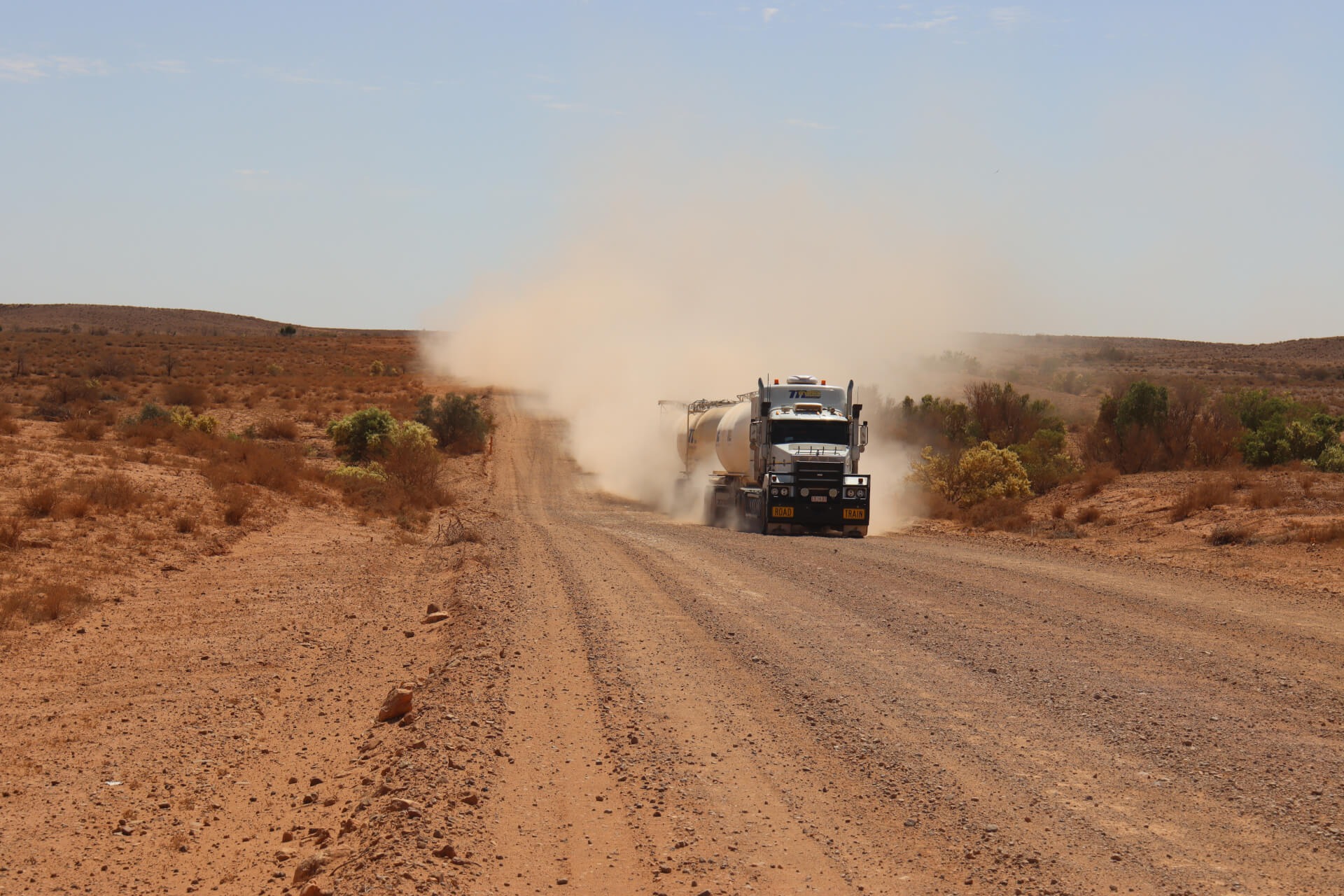How accurate vehicle tracking data will maximise your Fuel Tax Credit rebate
If your business operates a large fleet of vehicles, machinery, plant and industrial equipment, you'll be well aware of the high cost of the fuel needed to power these assets. You may also know that eligible Australian businesses can claim tax credits for the fuel they use to run their operations.
However, did you realise that, in many cases, businesses are only claiming the standard rate for fuel tax credits? If this is happening in your business, the good news is that - with a full understanding of how fuel tax credits work, combined with tracking data - your business can maximise its credit claim and legitimately gain bigger tax benefits.

What are Fuel Tax Credits and how do they work?
Fuel Tax Credits (FTC) provide credit to Australian companies for taxes they've paid on fuel when used in machinery, plant equipment and other vehicles. They can be claimed for eligible fuel purchases used in your business, with the credit amount depending on the type of fuel, when it is used and for what activity.
While the calculations may appear confusing at first, new asset tracking solutions that collect data in real-time help make the process significantly easier. These work by placing sensors on vehicles to track their location and activity, providing the data needed to accurately claim the maximum Fuel Tax Credits that you're eligible for.
How do I calculate Fuel Tax Credits?
There are a few steps in calculating your Fuel Tax Credits. The first is understanding how much fuel you've used, then working out the eligible quantity of fuel to claim credits on. The Australian Taxation Office (ATO) has a calculator that can help you work this out.
Next, you must check which rates apply for your fuel, determined by when you acquired the fuel. To then calculate the amount of fuel tax credits in dollars, multiply the eligible amount by the correct rate and divide the result by 100.
What's the difference between private and public roads?
Businesses can claim a higher tax credit on private roads, as public roads have road user charges to partially cover construction and maintenance, which do not apply to private roads. Accurate reporting of whether your fuel is used on a public or private road can make a difference to your total claimable fuel tax credits.
Classifications of private roads include the following:
- Truck stops
- Vehicle depots
- Farms
- Mining sites
- Quarries
- Logging sites
- Construction sites
- Loading docks
- Council refuse sites
- Other roads on private property
By correctly identifying the amount of fuel used on private roads, you're able to claim an additional 25.8 cents on every eligible litre of fuel your business uses. This means you can claim 16.5 cents per litre while on public roads and up to 42.3 cents on private roads.
This private road rate of 42.3 cents can also be used for fuel used to power the auxiliary functions of equipment on heavy vehicles, even when the auxiliary usage takes place on a public road. This includes crane trucks operating the crane function, the mixing barrel of a concrete truck or the use of winches, computers and other elevation mechanics on vehicles. The ATO has more information about auxiliary equipment usage here.
How Connect can maximise your tax rebates
Our asset tracking solution, Connect, helps you track the movement of any assets that use fuel. This gives you the detailed information you need to accurately calculate and maximise your fuel tax credits.
1. GPS-verified data
Connect's GPS tracking devices allow you to capture accurate on-road and off-road travel, fuel consumption, mileage and auxiliary equipment usage. This means you can easily distinguish between public and private road usage for accurate claiming of the maximum fuel tax credits available to your business.
Importantly, six months' worth of accurate and consistent data also provides acceptable evidence for retrospective fuel credit claims to be made if you've under-claimed fuel tax credits in the previous four years.
2. Easy reporting
With real-time GPS tracking, Connect automatically takes detailed data and converts it into simple reporting for accurate fuel tax credit calculations. These insights also provide greater visibility on the fuel usage within your business and significantly reduce admin time and costs. They also offer opportunities to increase fleet efficiency and productivity.
Reports are securely stored and backed up in real-time, so you have the latest data immediately you need it.
3. Eliminate estimates and guesswork
With accurate GPS data, your FTC rebates aren't reliant on guesswork and estimates that could be reducing your claim. With accurate, verifiable data, your business can ensure rebates are maximised and also access previously unclaimed or under-claimed fuel tax credits from the previous four years.
4. Reduce tax risk
By submitting accurate data, you can be more confident in your tax credit claims. You can sleep easier knowing your business is reducing the risk of over-claiming and incurring penalties and interest charges. This is because accurate data and fuel use records are verified and securely stored for evidence of your claims.
Start claiming your FTCs today
Tax time shouldn't be something to dread. We see it as an opportunity to legitimately claim back what you might have overpaid in fuel taxes over the years. It's never been easier using Connect; it allows you to claim the maximum fuel tax credits with confidence and ease.
Do you want to maximise your business's fuel tax credits? Talk to our team today to learn more about simplifying your fuel tax credit claims process and maximising your rebate.